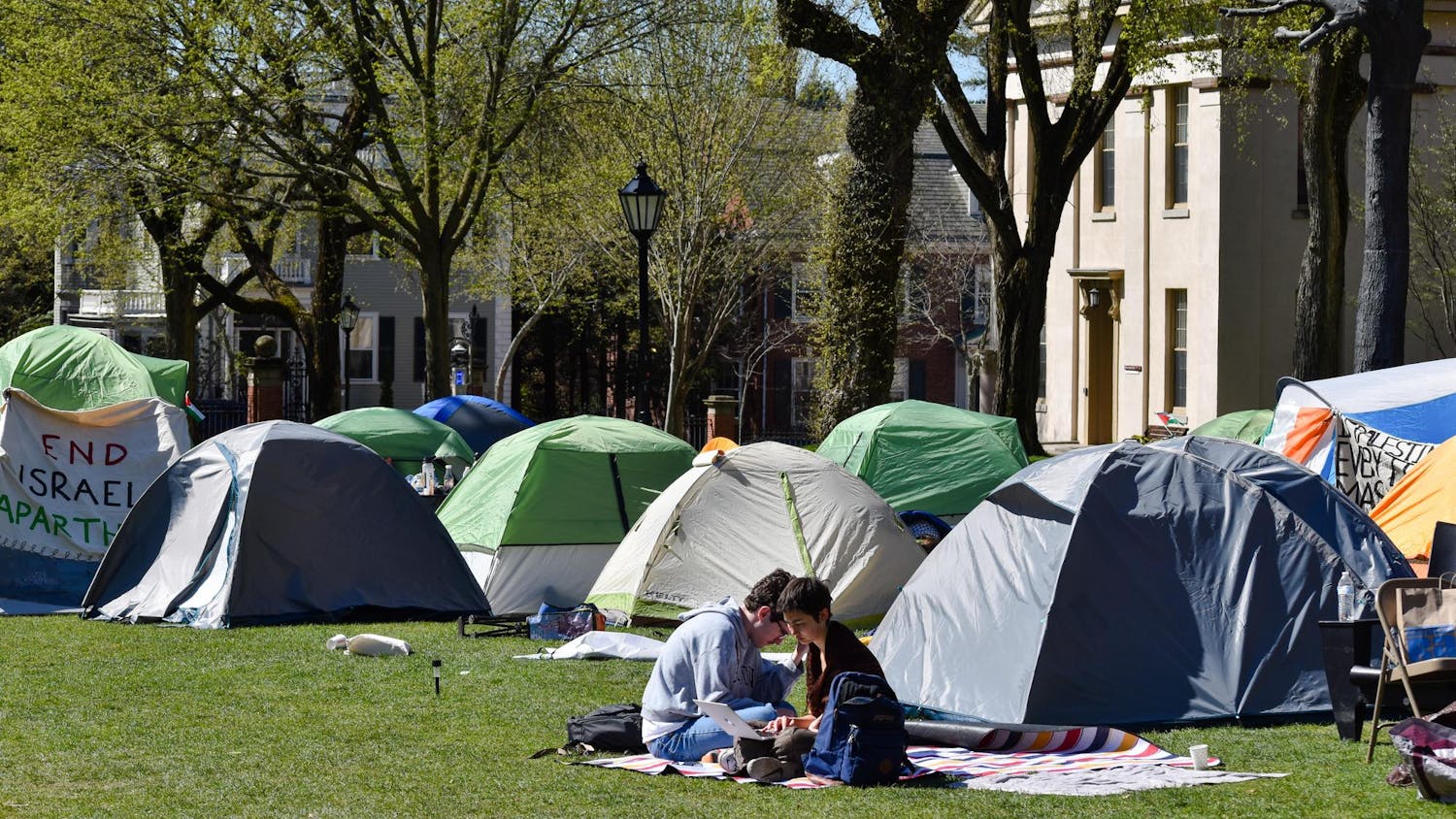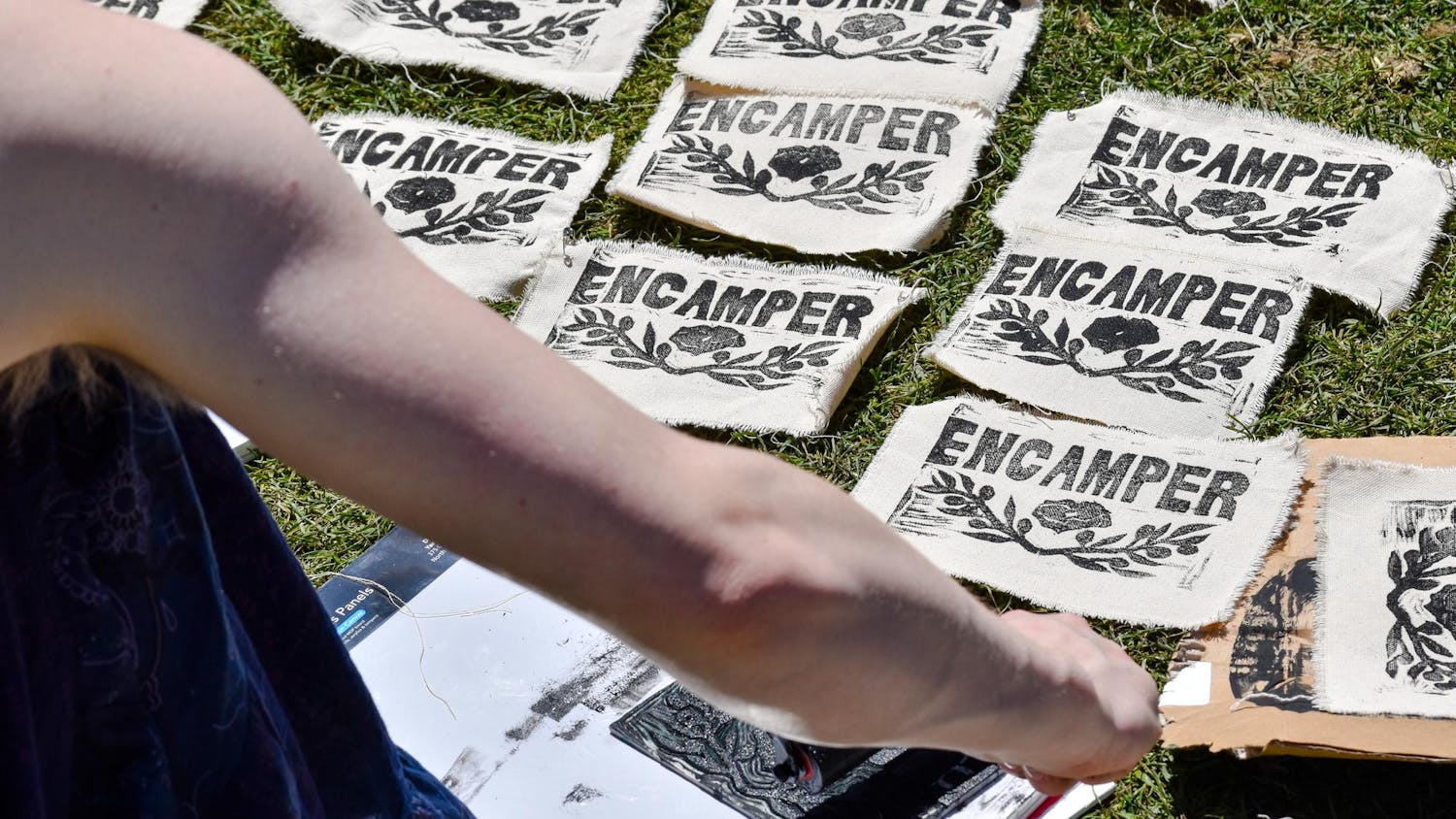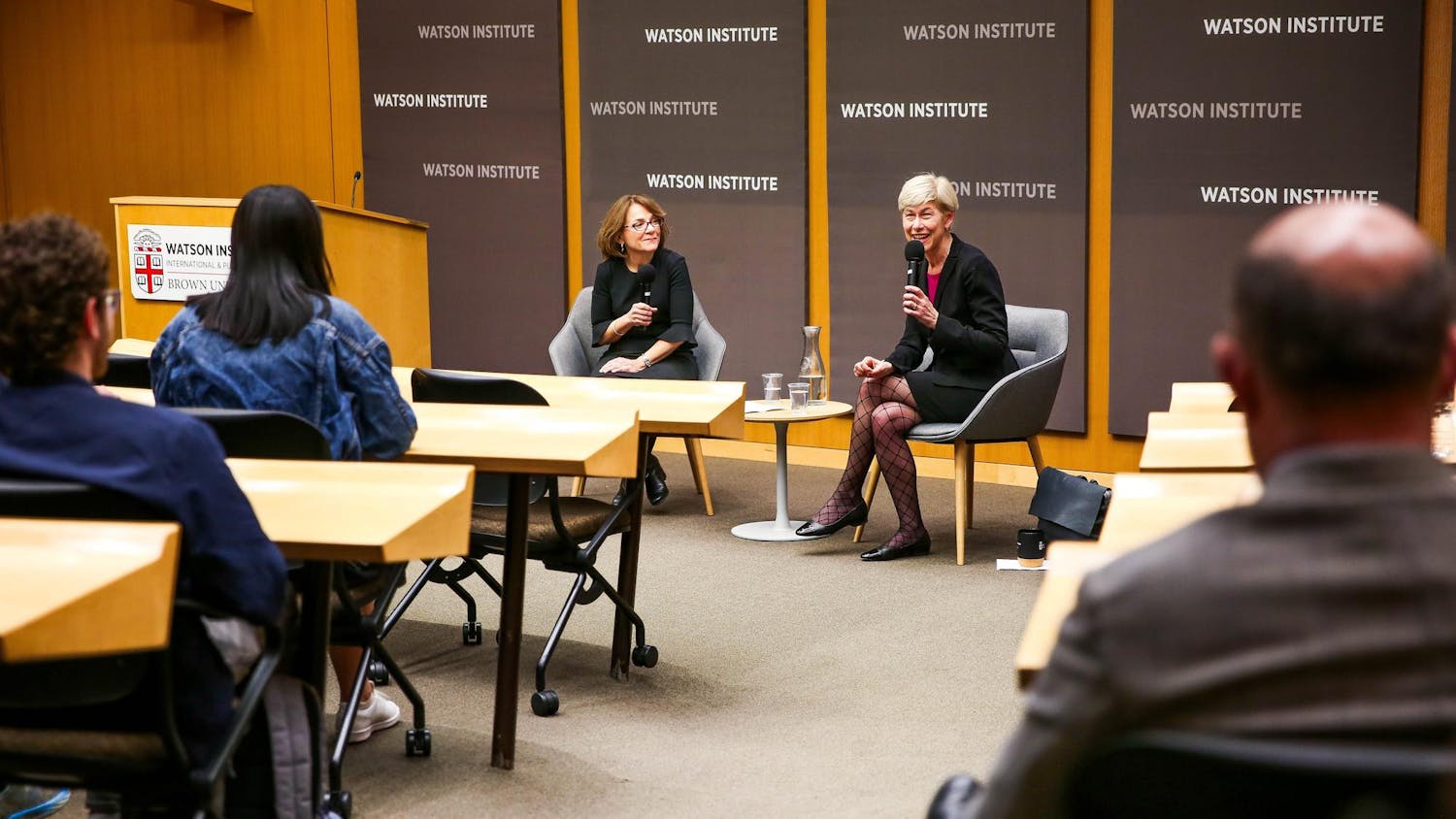Most modern criminal justice systems solely rely on punitive measures — an eye for an eye, or the guilty must be punished for the crimes they commit. At colleges and universities, student conduct policies typically subscribe to similar punishment-based practices. But the University has begun to implement an alternative approach to handling misconduct called restorative justice, which seeks to create conversation between the victim and accused in order to repair any harm caused by the conduct violation.
“Traditional, adversarial (and) punitive,” are three words David Karp, director of the Project on Restorative Justice and professor of sociology at Skidmore College, used to describe traditional retributive justice systems.
In the traditional system, the objective is to determine “which policies are broken, who did it and what they deserve,” said Kirsten Wolfe, assistant dean of student conduct and community standards. But unlike typical disciplinary proceedings, restorative justice programs place emphasis on helping the harmed parties reach a resolution that addresses their needs.
Restorative justice has been making its way onto college campuses since the 1990s, including at pioneers such as the University of Colorado at Boulder and Skidmore, Karp said. Since then, a multitude of universities — including Stanford University, Northwestern University, University of Michigan and now Brown — have followed suit, building restorative justice programs within their codes of student conduct.
The restorative justice program in the University’s code of conduct office includes two facilitators, the victim, the offender and representatives from the community. The two facilitators lead a conversation in which the involved parties work through the conflict to heal those who have been harmed. That healing process usually involves creating a plan of action that will benefit both the victim and the community at large, Wolfe said. Used as an alternative or a supplement to traditional disciplinary proceedings, the new program can only be implemented when both parties have consented to the process and the offender has admitted their guilt.
Students can only choose to use the new method for incidents that the office deems to be less serious. “If suspension should be an option for the offender, the case will go to a higher tiered hearing,” Wolfe said. The program is still young; since its conception fall 2017, restorative justice has only been used twice — first for a case regarding theft and the second for property damage.
For the student victim in the theft incident, restorative justice was more effective than the traditional punitive approach, said the victim, who wished to remain anonymous because disciplinary proceedings are confidential. “I don’t think punishing someone in this instance would have made a difference or really helped. Instead, with restorative justice, we were able to channel a bad thing that happened into something good, and we actually became really good friends through the process,” the student said. The offender from that case is currently working on a project that should help amend the harm done to the victim and the University.
While colleges and universities are not currently applying restorative justice to cases that fall under Title IX, Karp and other researchers at Skidmore are investigating the option. Previous federal guidance banned mediation and other informal punishment practices for cases of sexual assault and gender-based violence, Karp said. But with the release of new guidelines from the Department of Education last fall, implementation for Title IX incidents appears increasingly likely, he said.
But the University is not ready to use these practices for cases regarding sexual assault, Wolfe said. If the University does implement restorative justice in the Title IX Office, Wolfe and Karp agree that this form of mediation would not be suitable for all cases of sexual assault and should be available only if the victim is interested.
In the future, Wolfe hopes to use restorative justice practices not just in disciplinary situations but throughout campus life. “Restorative justice should be used anywhere … we want to be having deep conversations with students about values, conflict and any community issues,” Wolfe said. “It should be used not only for addressing conflict that arises within the community, but building strength and cohesion,” she added.
Karp urges universities and individuals that are skeptical of restorative justice to consider that the shift from retributive to restorative practices enhances, rather than replaces, traditional measures. “Currently, (student conduct hearings) are focused on individual growth, but restorative justice adds in the elements of acknowledgment of harm done and the obligation to make amends to both the victim and the community at large,” Karp said. “The sentiment shifts from students saying ‘you caught me’ to ‘I feel really bad and want to make things better.’”





